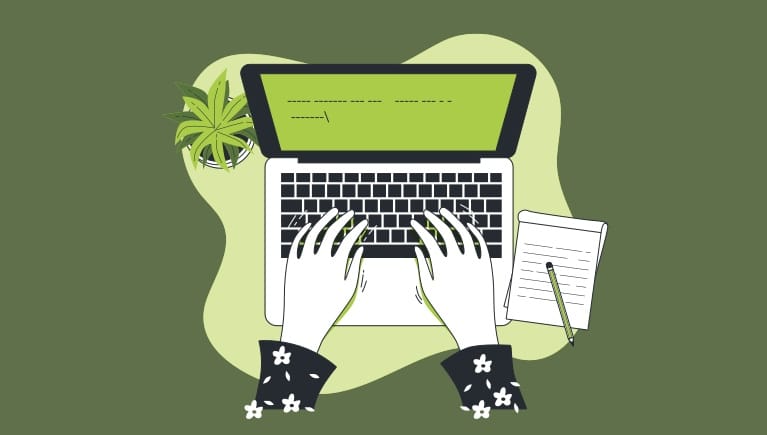Your unique typing rhythm can reveal your identity
A rarely talked about field of research, known as keystroke dynamics, involves identifying individuals based on how they type on a keyboard. It's getting better, and also easier for anyone to implement.

As early as 1860, experienced telegraph operators realized they could actually recognize each individual by everyone's unique tapping rhythm. To the trained ear, the soft tip-tap of every operator could be as recognizable as the spoken voice of a family member.
In World War II military intelligence used a methodology known as "Fist of the Sender" to identify unique ways of keying in a message's "dots" and "dashes" in Morse code. It was used to distinguish friend from foe. The pace and style of the communication allowed expert operators to deduce who was in the other end.
The more you type, the more of your unique qualities can be collected and identified
Even if people type on keyboards at approximately the same speed, everyone will have specific pauses, sequences and hold-times for certain letters that are true only for them. The more of these variables we have access to, the more certain we can be of a person's identity.
Common misspellings, errors, preferred words, punctuation, capitalisation and use of emojis will of course all play into this data. The more that is known, the closer confidence levels come to being the equivalent of a biometric fingerprint.
The behavioral biometric identifier retrieved through input via keyboard, known as keystroke dynamics, of course only gets better over time - able to take into account that your typing varies over a day or days and can be affected by external factors.
Your typing style can identify you in otherwise anonymized data
As you will likely be aware by now, this technique can of course be used to de-anonymize anyone wanting to appear anonymous online. So whatever security precautions you may have taken, keystroke logging may very well be enough to identify you.
Want to stay under the radar? Random taping of fingers, wearing gloves or consuming an alcoholic beverage may fool some software. But don't forget to also develop your vocabulary.
Note that keylogging is illegal in most countries (akin to wiretapping) and hopefully not employed as much as you might fear. But the data is very easy to collect in a digital world, by any website, and often the creators of software aren't thinking ahead on potential misuse — or maybe aren't even aware that what they are doing is illegal. Facebook was saving everything you typed, even when you didn't hit publish, very early on. TikTok today saves keystrokes when you use their internal web browser.
Who is doing what these days is not always obvious, and sometimes the logging itself is done under the guise of enhanced security, sometimes valid and sometimes not. But once again: consumer control is essentially non-existent. Awareness is all we can spread.
In 1844, on May 24, Samuel Morse sent an historic telegraph message from Washington, D.C. to Alfred Vail in Baltimore, Maryland. The message read
"What hath God wrought?".
This question perhaps invites more reflection than the modern-day oft-used sanity test : "Hello world".
Read more











Comment